A Halloween Extravaganza Part 1Scary Underwater Beasts
74 Scary & Creepy Animals (That Actually Exist)
"1. Wolffish
Latin name: Anarhichas lupus
Scary feature: Large teeth that stick out from the mouth
Range: North Atlantic Ocean
Size: Length: Up to 5 ft. (1.5 m); Weight: 10- 40 lbs. (4.5- 18.1 kg)
Diet: Green crabs, sea urchins, whelks, starfish, sea clams, & large hermit crabs
Teeth are what give the wolffish its ferocious appearance. Its massive jaw is crammed with blunt, powerful teeth in the back & large, pointy ones in the front that stick out even when the mouth is closed.
An eel-like body and undulating swimming movements add to the scary factor.
Contrary to their appearance, they are kind of 'friendly' with people. Especially the Pacific wolffish (or wolf eel), who are known to approach divers & eat out of their hand...
2. Frilled Shark
Latin name: Chlamydoselachus anguineus
Scary feature: 300 needle-like teeth
Range: Atlantic, Pacific, & Indian Oceans
Size: Length: Up to 6.6 ft. (2 m)
Diet: Squid, bony fishes, & smaller sharks
Another long, eel-like creature with rows & rows of needle-like teeth (300 in all) plus dental spines. Frilled sharks are so named after their 6 pairs of gill slits that form a 'frilly' appearance.
This rarely seen shark is believed to attack its prey like a snake by bending its body & lunging forward to strike.
Some also believe that this fearsome shark was the inspiration for all those tales of sea serpents & monsters...
3. Goliath Tigerfish
Latin name: Hydrocynus goliath
Scary feature: Huge size, dagger-like teeth, fierce hunter
Range: Congo River Basin & Lake Tanganyika in Africa
Size: Length: Up to 4.9 ft. (1.5 m); Weight: 110 lbs. (50 kg)
Diet: Fish
It’s called Goliath because it’s a huge, muscular fish that can grow more than 4 feet long & weigh over a hundred pounds. It also has a gaping mouth full of dagger-like teeth.
Like a tiger, it’s a fierce predator. It hunts alone & stealthily stalks its prey in calm eddies only to chase it into turbulent waters for the kill.
4. Textile Cone Snail
Latin name: Conus textile
Scary feature: Deadly venomous sting
Range: Red Sea, Indian Ocean, off Australia, & New Zealand
Size: Length: 3.5- 3.9 inches (9 cm- 10 cm)
Diet: Shellfish (including snails)
Designed with an intricate pattern of triangle & square shapes & yellow, gold, & brown colors, the textile cone snail is a beautiful sea creature with a deadly sting.
It has a harpoon-like tooth that injects venom that has killed humans who either picked it up or accidentally stepped on it while it was hidden in sandy, shallow water.
5. Hagfish
Latin name: Myxini
Scary feature: Secretes a sticky slime for defense
Range: Worldwide
Size: Length: 19.7 inches (0.5 m)
Diet: Shrimps, hermit crabs, squid, bony fishes, sharks, whale flesh
Hagfish are creepy but unique creatures that resemble eels. They don’t have jaws, but they have 2 horned teeth.
They’re the only known animal to have a skull without a spine (vertebrae).
When threatened or captured, they secrete a sticky slime that clogs the gills of their predators, causing them to suffocate if they don’t release the hagfish.
6. Vampire Fish (Payara)
Latin name: Hydrolycus scomberoides
Scary feature: 2 long fangs
Range: Amazon Basin of South America
Size: Length: 1- 1.7 ft. (30- 51 cm); Weight: 10- 35 lbs.
Diet: Other fish (including piranhas)
Payaras are called vampire fish because, in addition to spiky teeth, they have 2 elongated fangs jutting up from their lower, upturned jaws.
Payaras hunt alone by swimming into schools of fish & use their fangs to impale prey which includes piranhas...
7. Needlefish
Latin name: Belonidae
Scary feature: Long, needle-like jaws
Range: Atlantic, Indian, & Pacific Oceans, Red Sea, & the Persian Gulf
Size: Length: 1.2- 37.4 inches (3- 95 cm)
Diet: Small fish, krill, crustaceans, small squid
Needlefish are so named because of their really long jaws that pack many sharp teeth.
These fish travel in schools near the surface of the water where they’re attracted to artificial light & can leap out from the water at a speed of 38 mph.
This creates a dangerous situation for night fishermen because needlefish have been known to seriously wound people & even kill a few.
They do this by jumping out of the water and unintentionally lodging themselves in fishermen like arrows. Their beaks have even been known to break off in the skin. Yikes!
Latin name: Lophiiformes
Scary feature: Natural fishing rod growing on its head
Range: Worldwide
Size: Length: 0.8 inches- 3.3 ft. (2- 100 cm); Weight: Up to 90 lbs. (40 kg)
Diet: Small fish, shrimp, small squid, & turtles
It’s called an angler because the female features a natural 'fishing rod' protruding from the top of her head that lights up in the dark.
The female wiggles it & uses it as a lure to attract both prey & mates.
One or more much smaller males bite into the female & fuse their bodies with hers to live a parasitic life.
9. Vampire Squid
Latin name: Vampyroteuthis infernalis
Scary feature: Red eyes & 'cloak'
Range: Oceans around the world
Size: Overall length: Up to 1 ft.; Body Length: 6 inches
Diet: Organic debris & dead animal bodies that fall from the surface
This vampire squid looks like it’s related to Count Dracula because of its red eyes & 8 webbed arms that resemble a dark cloak. But this deep-sea squid is really just a cool illusionist.
If threatened, it turns its 'cloak' inside out to display spiny protrusions. If that doesn’t work, it ejects a glowing, blue substance (bioluminescent mucus) to confuse its predator & escapes.
10. Saber-Toothed Viperfish
Latin name: Chauliodus sloani
Scary feature: Huge fangs
Range: Worldwide
Size: Length: 11- 12 inches (30 cm)
Diet: Shrimp, squid, hermit crabs, anchovies, mackerel, & other small fish
One of the scary animals of the deep sea, the saber-toothed viperfish is easily recognized by its huge mouth & fangs so large that they curl back toward the fish’s eyes.
This silvery blue/black viperfish uses its fangs to impale its prey after swimming toward them at high speeds.
11. Marine Hatchetfish
Latin name: Sternoptychinae
Scary feature: Shaped like a hatchet
Range: Atlantic, Pacific, & Indian Oceans
Size: Length: 1.1- 6 inches (2.8- 12 cm)
Diet: Plankton & small fish
...These fish have special organs that light up their bodies similar to fireflies. Thus light-producing ability protects them against predators & plays a role in courtship.
12. Basking Sharks
Latin name: Cetorhinus maximus
Scary feature: Massive size & huge mouth
Range: Pacific & Atlantic Oceans
Size: Length: 20- 26 ft. (6- 8 m)
Diet: Zooplankton, small fish, & invertebrates
Leisurely moving along the surface, this bus-sized shark appears to be basking in the warm water, but what it’s really doing is filter-feeding.
It coasts along with its 3-ft. mouths open, taking in small fish & plankton that get trapped the shark’s gills that are lined with 3-inch grill rakers.
13. Ninja Lantern Shark
Latin name: Etmopterus benchleyi
Scary feature: Stealthy hunting behavior
Range: Pacific Coast of Central America
Size: Length: Up to 20 inches
Diet: Shrimp & small fish
The sleek, black ninja lantern shark is among the ocean’s scary animals because it lurks through the deep, dark water sneaking up on its prey.
It produces a faint glow that deceives its prey into thinking it to be light penetrating the water.
Another cool thing about this shark is that its scientific name, Etmopterus benchleyi, is after the Jaws novelist, Peter Benchley.
14. Moray Eel
Latin name: Muraenidae
Scary feature: Snake-like body, sharp teeth, & toxic skin
Range: Worldwide
Size: Length: 6- 15 inches (15 to 38 cm); Weight: 30 lbs. (kg)
Diet: Smaller fish, octopuses, squid, crabs, & cuttlefish
With more than 200 different species worldwide, this snake-like eel with sharp teeth is one of the underwater world’s top predators.
Often hiding in caves & coral reef, the moray eel is an ambush hunter with scaleless skin that secretes a slippery substance that’s toxic in some species.
15. Luna Lionfish
Latin name: Pterois lunulata
Scary feature: Venomous spines
Range: Western Pacific Ocean
Size: Length: 2- 15 inches (5- 38 cm); Weight: 2.5 lbs. (1.13 kg)
Diet: Various fish species, invertebrates, & mollusks
Luna lionfish are among the most beautiful fish you can see while diving underwater in the Pacific Ocean, but it’s best not to touch them.
They have colorful stripes & long, billowing spines that contain venom which is not fatal to humans but can cause severe reactions & sickness.
16. Candiru
Latin name: Vandellia cirrhosa
Scary feature: Rumored to swim up human urethras
Range: Amazon Basin of South America
Size: Length: 1- 1.97 inch (2.5- 5 cm); Width: 0.25 inches (0.64 cm)
Diet: Blood of other fish
The candiru is a tiny fish that induces fear in many people because it’s been rumored about that it’s attracted to human urine & can swim up someone’s stream of urine into their urethra & cause severe pain & infection.
Despite one sketchy documented case, these rumors appear to be false. Besides, this tiny, translucent fish is too big to enter a human urethra...
All these fish normally does is stick its head into a fish’s gills & drink their blood. Still freaky, but not nearly as terrifying.
17. Portuguese Man of War
Latin name: Physalia physalis
Scary feature: Extremely venomous sting
Range: Atlantic, Indian, & Pacific Oceans
Size: Length: 30- 165 inches (9- 50 m)
Diet: Fish & plankton
Did you know that a Portuguese man of war isn’t a single animal but a colony of organisms that work & function together as one?
Named after its resemblance to an 18-century Portuguese sailing ship, this creature has long tentacles that are extremely venomous & can harm or kill a human even if they’re dead or detached.
18. Goblin Shark
Latin name: Mitsukurina owstoni
Scary feature: Ghostly skin & powerful jaws
Range: Atlantic, Pacific, & Indian Oceans
Size: Length: 10- 13 ft.; Weight: Up to 460 lbs.
Diet: Fish, squid, shrimp, crabs
Way down deep in the ocean lives this rare, ghostly-skinned shark with a long, flat snout.
...the goblin shark is known for its mouth full of nail-like teeth & intricate jaws that can devour prey before you can blink your eyes.
19. Electric Eel
Latin name: Electrophorus electricus
Scary feature: Produces electrical shock
Range: South America
Size: Length: 8.22 ft. (2.5m); Weight: 44 lbs. (20kg)
Diet: Fish, amphibians, birds, & small mammals
Electric eels are best known & feared for their ability to generate a 650-volt electrical shock that’s powerful enough to injure a human.
Although they resemble long eels, they really aren’t thought to be eels at all.
These scaleless fish use their special electrical powers to navigate muddy river bottoms, communicate with each other, & stun their prey.
20. Lion’s Mane Jellyfish
Latin name: Cyanea capillata
Scary feature: Hair-like tentacles & venomous sting
Range: English Channel, Irish Sea, North Sea, & the Arctic, northern Atlantic, & northern Pacific Oceans
Size: Bell diameter: Up to 8 ft. ( 2.4 m); Tentacle length: Up to 120 ft. (37 m)
Diet: Fish, crustaceans, & smaller jellyfish
The world’s largest jellyfish & one of the world’s longest animals, the lion’s mane jellyfish!
It gets its name from its long, hair-like tentacles which number around 1,200 & are divided into 8 clusters.
The tentacles deliver a powerful sting for capturing prey but usually only causes minor pain & redness to humans.
Latin name: Cubozoa
Scary feature: Extremely potent venom
Range: Indo-Pacific region, Atlantic, & Pacific Oceans, Mediterranean Sea
Size: Box diameter: 12 inches (30 cm; Tentacles length: 9.8 ft. (3 m); Weight: 4.4 lbs. (2 kg)
Diet: Fish & shrimp
It may resemble a pale blue or translucent Medusa head floating in the ocean, but it’s really a box jellyfish.
Its 'bell' is box-shaped with 15 dangerous tentacles extending from each corner.
Each tentacle has thousands of stinging cells that produce a venom regarded among the most powerful in the world, causing a number of human deaths...
22. Blue-ringed Octopus
Latin name: Hapalochlaena
Scary feature: One of the world’s most venomous marine animals
Range: Pacific & Indian oceans
Size: Length: 5- 8 inches (12- 20 cm)
Diet: Crabs, hermit crabs, shrimp, & other crustaceans
The blue-ringed octopus is a colorful creature, known for its yellow skin & blue/black rings that flash bright blue when threatened.
It’s also fairly small in size (only about 5 inches), but the blue-ringed octopus is one of the most venomous animals in the world.
Its bite is barely felt but can cause paralysis & death within minutes.
23. Lamprey
Latin name: Petromyzontiformes
Scary feature: Funnel-like mouth that sucks blood from other fish
Range: North Atlantic Ocean, Mediterranean Sea, & large North American lakes
Size: Length: 5- 40 inches (13- 100 cm)
Diet: Blood of other fish
Sometimes called lamprey eels, lampreys are parasitic fish known for their funnel-like mouths with which they use to latch onto other fish & suck their blood...
Because of this, some people call them 'vampire fish.' They also have long, scaleless bodies that grow up to 40 inches in length."
Drew Haines
From everywherewild.com/scary-animals
Cute Halloween Critter Pics:


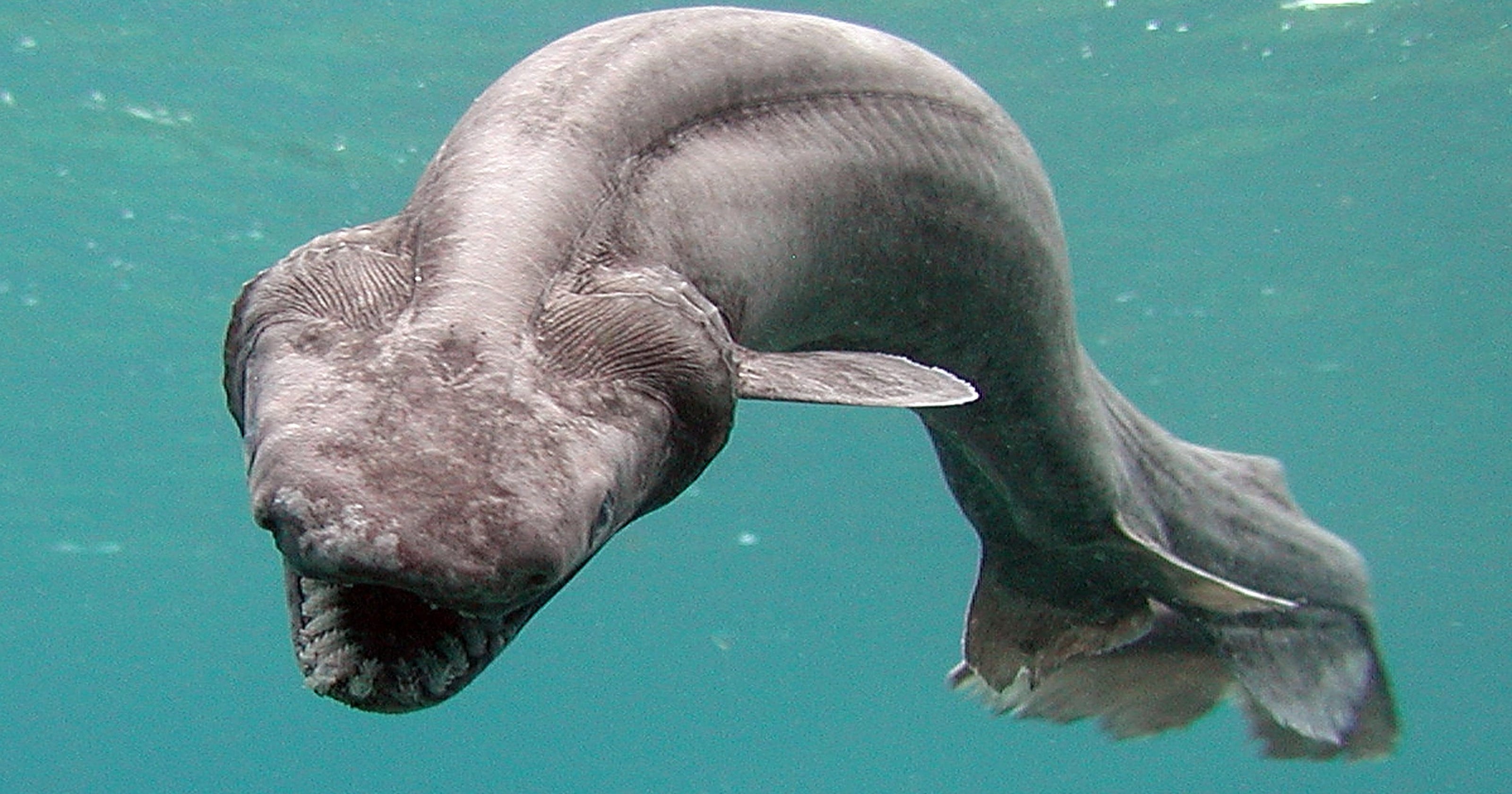
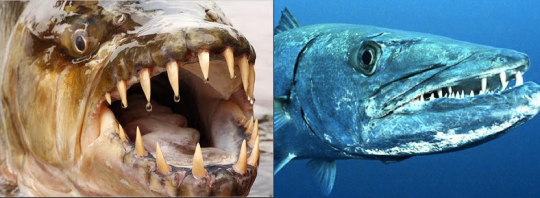


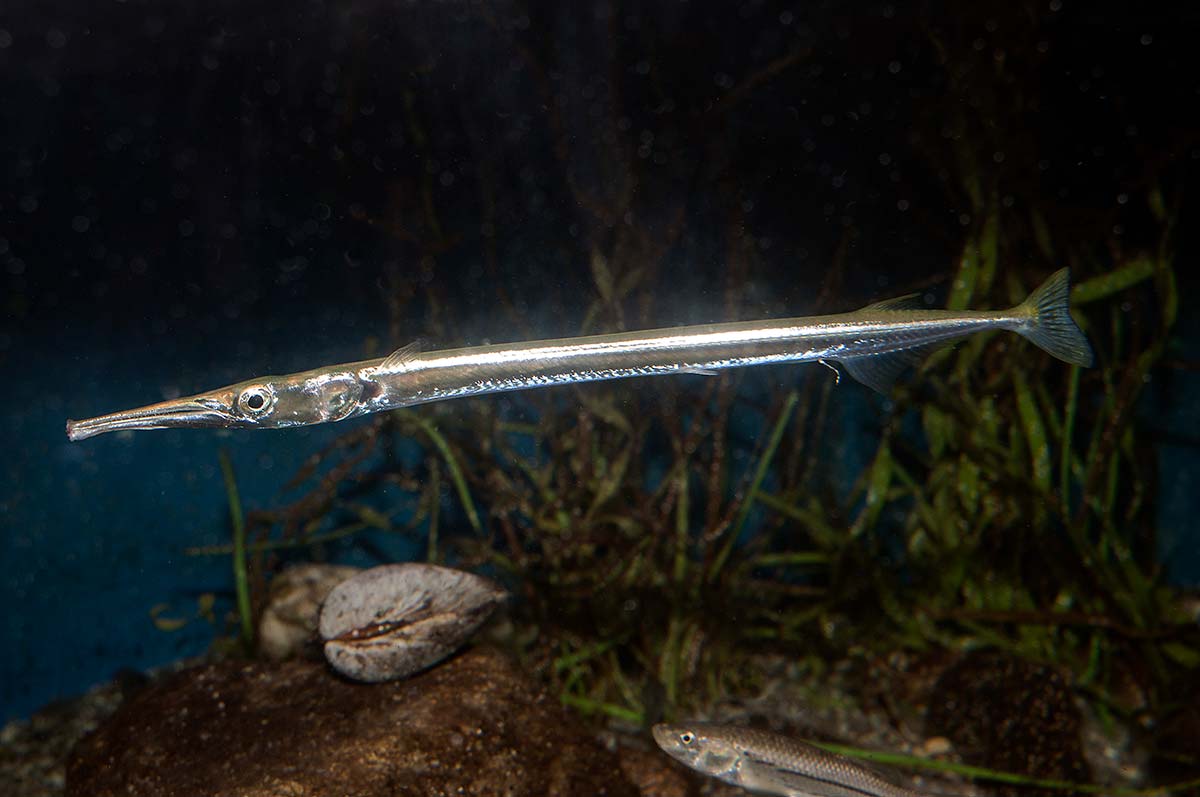



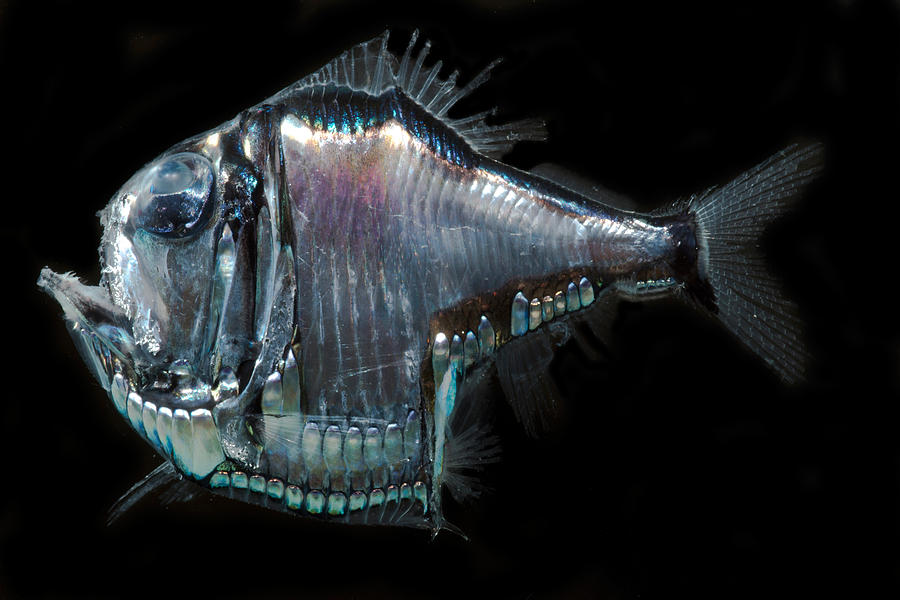



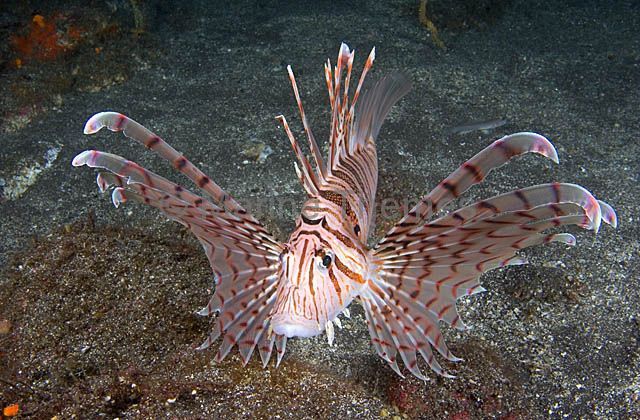





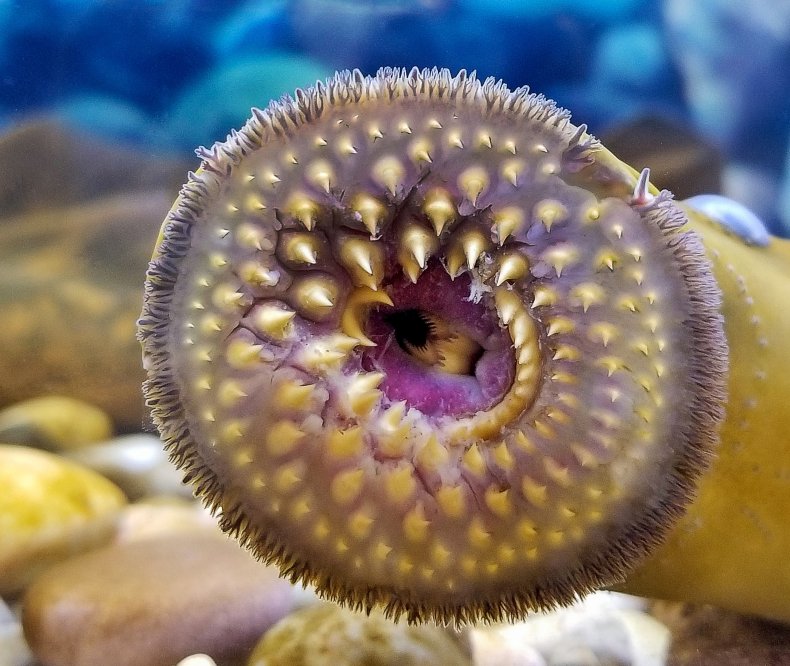




No comments:
Post a Comment